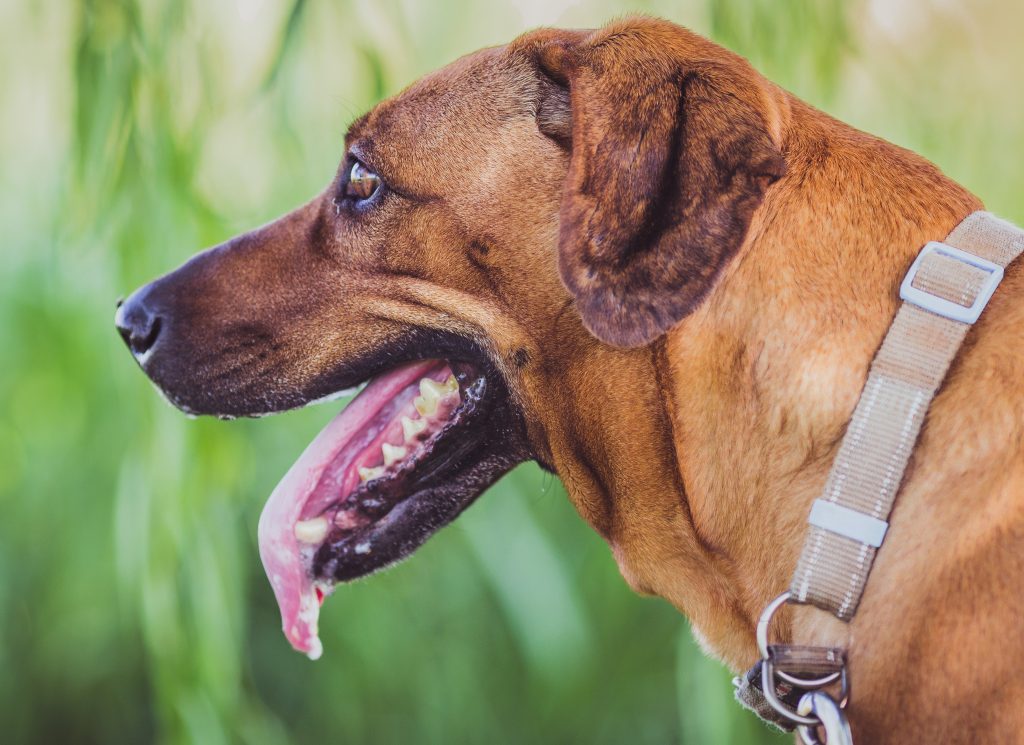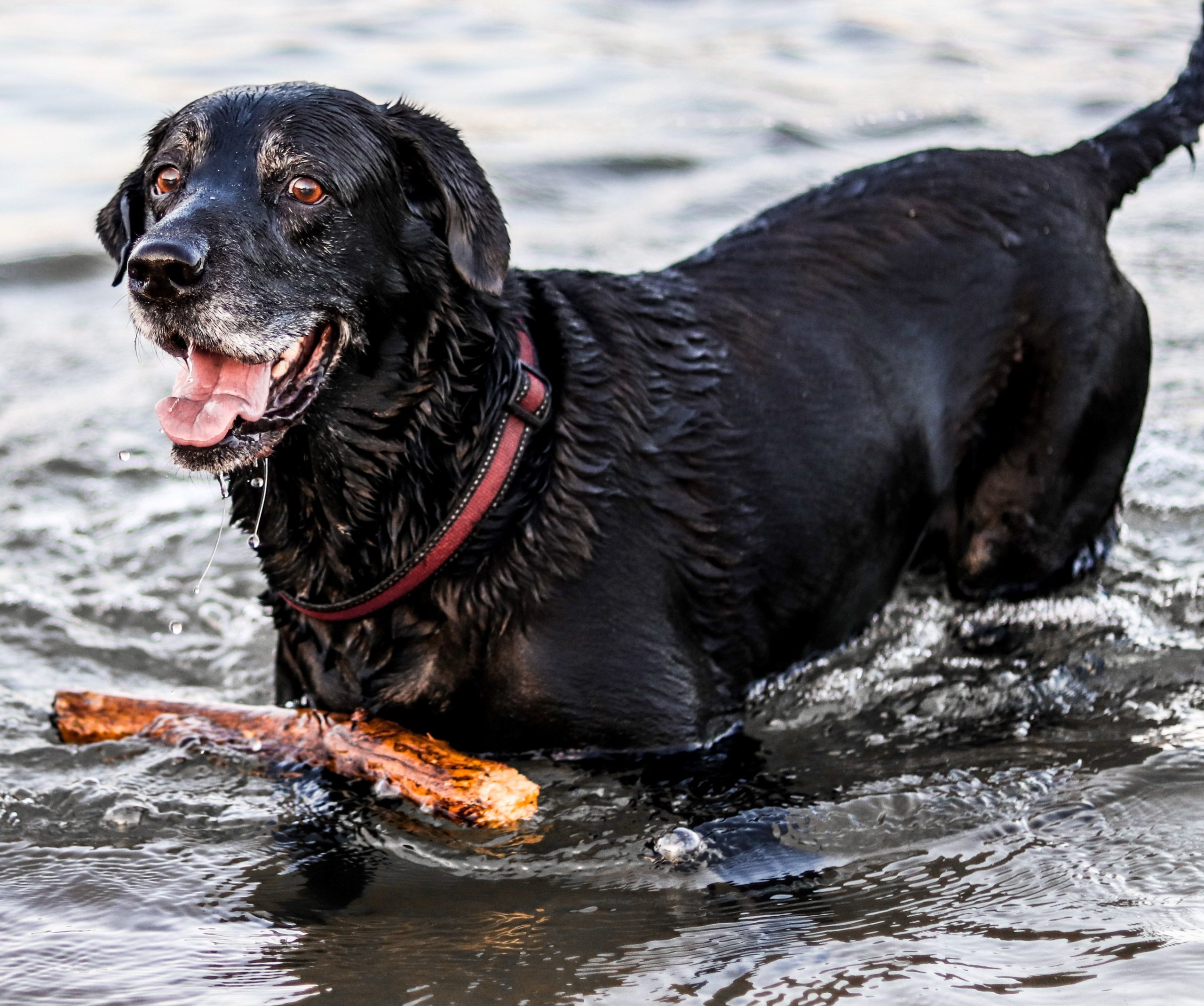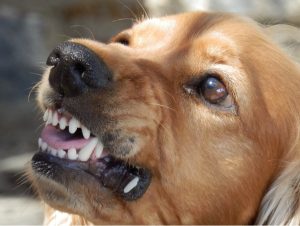Have you ever wondered why our dogs drool?
Is that foam at the mouth harmless panting or is it a sign of something more sinister?
If so, what can we do?
In our last edition of doggy health and wellbeing, we started into the eyes of our doggies to discover the meaning behind the side-eye.
This week it’s the mouth as we explore the rules behind the drool.
The site of a dog foaming at the mouth will forever be linked with dreaded rabies. We’ve all seen the movies. We’ve all witnessed the madness. We’ve all felt the horror.
But we can breathe a collective sigh of relief here as rabies is actually extremely rare.
But foaming at the mouth may indicate several other things that is going on with our pups. So, it’s important to know what these are so we can deal with them appropriately.
Let’s explore these reasons and see what we can do.
What’s the difference between drooling and foaming?

The first thing we need to be aware of is the difference between drooling and foaming.
Drool
- Long, strands of saliva.
- Transparent colour.
- Harmless if a bit sloppy.
Foam
- Bubbly appearance.
- Spray is usually noticeable at the corners of the mouth.
- Usually harmless but can represent harm.
The froth we see with foam is often just excess drool combined with heavy breathing. The air bubbles are what give it that foamy appearance. Sloppy bit of saliva perhaps but usually not sinister.
There are a number of reasons for foamy drool, most represent nothing to worry about but some may indicate something more worrying.
Let’s go about exploring them so we know when to worry.
Reasons for Dogs foaming at the mouth
1/ Physical Activity

Exercise and drool go paw to paw in a dog’s life.
As previously mentioned, the combination of drool and heavy panting aerates the liquid, turning it into a frothy foam.
However, stay mindful. Over-exertion can result in your dog becoming too excitable or if the weather’s hot, overheating. The foam may represent dehydration.
Keep your eyes peeled but rest easy, there’s nothing to worry about here, (just have the tissues ready if you plan on receiving kisses!)
2/ Doggy Dental Issues
There are a number of dental issues dogs face that can be attributed to excessive panting and therefore, foaming.
Bacteria build-ups can cause infections for your pooch – and problems.
To determine whether this is the reason behind the foaming, there are other tell-tale signs to look for including:
- Pain when eating or chewing.
- General discomfort or unhappiness.
- Bad breath. (Worse than usual!)
If you’re concerned that this is the case, contact your vet for a check-up.
You can nip this in the bud by looking after their teeth and brushing them a minimum of three times a week.
3/ Anxiety and Stress
Stress is often the driver behind heavy panting- which as we know, leads to drooling becoming foam.
Anxiety and stress are the nervous reactions that take place when something puts your pooch on edge.
Take note of the situation, remove your dog from what’s making them uncomfortable, give them time to calm down, and see that foam disappear in no time.
4/ Various Illnesses

Foaming can be caused by several illnesses: some benign, others more sinister.
On the more benign end is the most common: the upset tummy.
Nausea is often one of the main drivers behind frothing as:
- They want to expel the bad taste in their mouth.
- They’re close to, or just after vomiting.
Watch for disinterest in food, diarrhoea, or general discomfort. Fresh air, clean water, and patience will see them back to their perky selves.
However, in more serious cases, extra measures are needed.
Foaming can be a sign that your dog has consumed something toxic.
This is serious and requires immediate veterinary attention. It’s important to remember not to panic and listen carefully to the steps given.
Another serious sign of foaming is when a seizure occurs.
Your dog may start shaking uncontrollably and exhibit signs of erratic behaviour. Once again, call the vet immediately and take the same approach as previously stated.
5/ Rabies
Finally, we come to the commonly known, infamous disease that is rabies.
Rabies is a viral disease that is transmitted through the bite of a rabid animal. The virus causes the disease to the brain and death. It does this by infecting the central nervous system of mammals.
Despite rabies having a notorious reputation, it is extremely rare in dogs thanks to the advent of vaccinations.
However, if you’re worried that your dog has come into contact with a rabid animal, it’s important to contact your vet immediately. Symptoms include foaming at the mouth as well as erratic behaviour and aggression.
Nip this in the bud by ensuring your dog is vaccinated to offer protection against this nasty virus.
Final Word
Dogs foam at the mouth for many reasons.
While most are harmless, it’s important to be aware of potential reasons why- so you can act appropriately when needed.
As always, if you’re ever nervous, doubtful, or just plain unsure; contact your vet and heed the appropriate advice, they’re the experts.
That rounds up this week’s BusterBox blog. Keep your eyes peeled for more interesting canine content as we continue to delve into what makes our furry friends tick.



